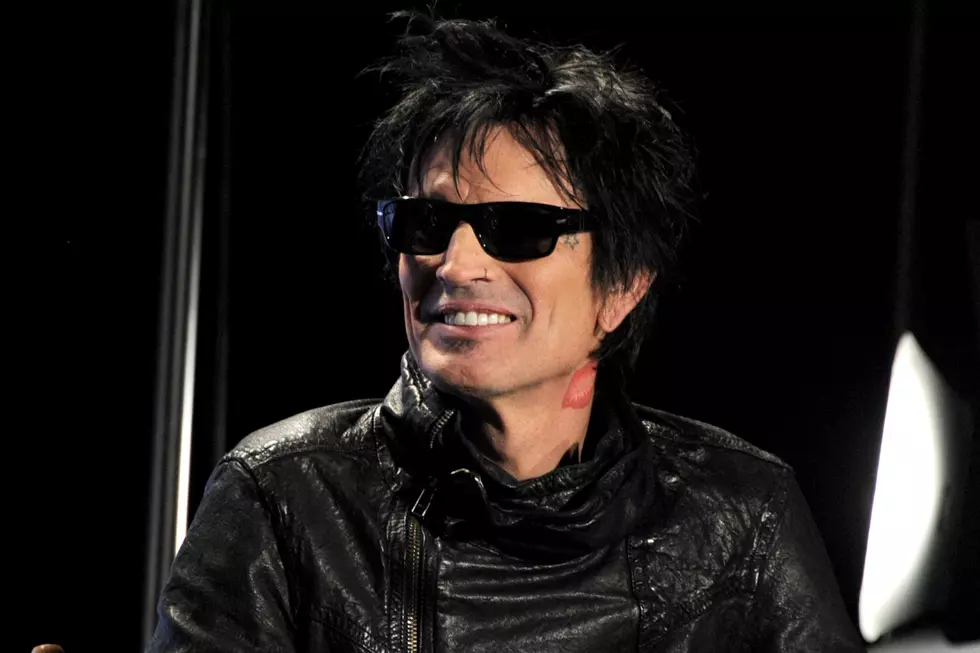
The Flamingo – The Pinker The Badder!
Ok...I need a break from the pandemic, the investigative follow-up to the Russian hoax, the George Floyd riots and the protests. For a moment I need to focus on the hum of lawn mowers, the twitch-twitch-twitch of lawn sprinklers, the smell of coco-butter tanning lotion and the rejuvenating warmth of the mid-June sun. And in my mind's eye, there - by the faded blue wading pool, stands that icon of the front-yard Summer season - The Plastic Pink Flamingo!
In 1956,a Massachusetts company decided to hire a young designer named Don Featherstone., a serious sculptor and classical art student whose second project would prove to be his most famous.- the plastic Pink Flamingo!
"He couldn't get his hands on real flamingos, so he used photographs from a National Geographic in its place. He sculpted the original out of clay, which was then used to make a plaster cast. The plaster cast, in turn, was used to form the molds for the plastic. The original design called for detailed wooden legs, but they proved to be too costly and were replaced by the metal ones still seen today. While the exact date was never recorded, the first pink flamingo was born some time during 1957".
Like the secret to comedy -TIMING, the timing was right as millions of Americans were headed to the suburbs just as bright bold colors were coming into style.
Featherstone’s flamingo pairs "(with one bird grazing, and the other on sentry duty) became quirky totems for those thumbing their noses at the elite. For others, they were tacky and reprehensible. In the ’60s, plastic became a symbol of the establishment, so the hippie generation rejected the flamingo ....But by then, the bird had established a loyal fan base."
Hundreds of thousands of plastic plumed birds are sold every year and Amazon has several different models and flock packs available now for anywhere from $8 to $80 dollars.
All of which brings me to a new study about the real bird.
Turns out Flamingos that are pinker in color are more aggressive when they're fighting for food, according to a new study out of England. (England is NOT part of the Flamingo's natural territory. Flamingos get their pink color from pigments in their food, and their color reflects their health and ability to forage. So flamingos who are pinker are more aggressive since they are healthier and able to better dominate resources over rivals. Other flamingos recognize this and give them space.
Zoologist say the pale pink flamingo will be a lonely flamingo because the birds use this pink color during courtship -- the pinker the flamingo, the better quality it will be as a fine feathered love partner.
More From 97.1 KXRX










